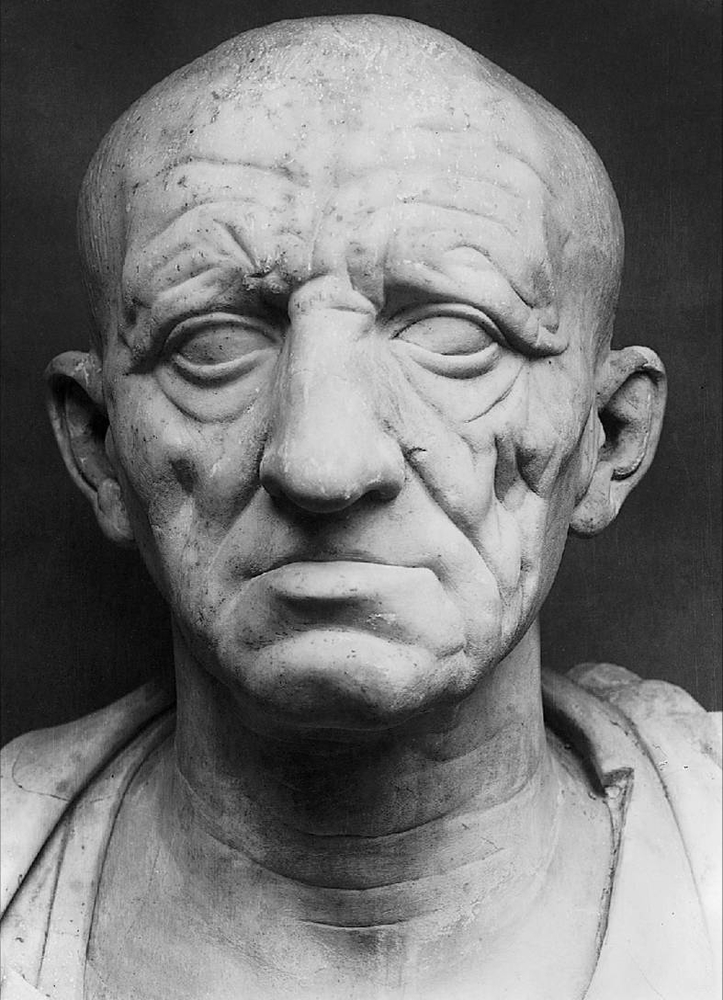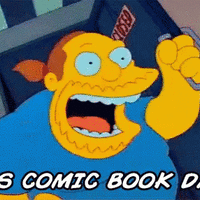More about Jeff Koons
- All
- Info
- Video
- Shop

Contributor
Jeff Koons once worked at the front desk of NY MOMA and as a commodities broker.
Married world-renowned Italian porn star Cicciolina, whose act included peeing on her audience, and who also spent five years as a member of the Italian parliament (not an Italian version of the band Parliament, the actual Italian parliament).
Cicciolina divorced Koons and took their only child with her back to Italia. Koons won sole custody in a US court, but the Italian supreme court correctly overruled the US prudes and awarded custody to porn star mom.
A businessman and a skilled promoter, Koons has used an image consultant, sometimes talks about himself in the third person, and advertises his work.

Contributor
On a chilly day in January 1974, Jeff Koons finds out that Salvador Dali is residing at the St. Regis Hotel in New York City.
Koons is probably about 19 at the time. He calls the hotel and asks to speak with the legend himself. I’m here thinking, what a nerd! Dali’s not going to talk to you. The joke’s on me because he did. Dali even took him to one of his shows. How was it so easy to talk to celebrities in the '70s? We really are born in the wrong decade. Jeff Koons wasn’t. Lucky bastard!
Koons was born in Philadelphia in 1955. He stayed there till he went to art school in Chicago. As a kid, he had already begun recognizing his heroes. He claims to have been seven when he first saw a Duchamp. He was passionate about art, so into it that he would bleed while stretching canvasses for painter Ed Paschke’s class.
Koons once said in 1990, “In this century there was Picasso and Duchamp, now I’m the one taking us out of this century." There’s a reason why a lot of people hate Jeff Koons. This quote is a pretty good one.
Jeff exploded his way into the art scene in 1980. His first solo exhibition had the art world finally acknowledge his presence. It was called “The New”, and consisted of a series of vacuum cleaners trapped in plexiglass. Koon’s oeuvre now includes inflatable toys, pornos with his ex-wife, stainless steel rabbits, basketballs at equilibrium, and of course, more vacuum cleaners. The art world lapped it up. He created the world’s most expensive work of a living artist, twice. Most recently, The Rabbit sold at $91.1 million in 2019.
This guy has been there and done that. And if he’s been around for so long, we all know what comes next. Lawsuits! Koons was sued for 90 million dollars for undelivered work. Add a few more for copyright infringement, and voila! You have arrived. Jeff was ordered by the court to pay $170,000. Ouch! There was also the little matter about his divorce with porn-star/politician Ilona Staller. He lost a lot of money there. A lot of the art that he had collected ended up going to her. He had to give up his Lichtenstein. The horror!
Koons is definitely an artist history won’t forget easily. With all the people that hate him, there are tons that love his work too. There are those who believe that Koon’s work carries references to major instances in art history. They believe he’s playing it quietly. Hiding signs and suggestions. Others disagree. They believe his work is simply “vacuous," distasteful, and unnervingly shallow. In the end, it really doesn’t matter. He's here to stay.
Sources
- "Jeff Koons on His Teenage Meeting with Salvador Dalí: Art: Agenda." Phaidon. Accessed July 25, 2019. https://uk.phaidon.com/agenda/art/articles/2019/june/24/jeff-koons-on-h….
- Sotheby. "21 Facts About Jeff Koons." Sothebys.com. June 24, 2019. Accessed July 25, 2019. https://www.sothebys.com/en/articles/21-facts-about-jeff-koons.
- "The Turnaround Artist." The New Yorker, April 23, 2007.
- "Jeff Koons." Gagosian. April 12, 2018. Accessed July 25, 2019. https://gagosian.com/artists/jeff-koons/.
- Marshall, Alex. "Jeff Koons Is Found Guilty of Copying. Again." The New York Times. November 08, 2018. Accessed July 25, 2019. https://www.nytimes.com/2018/11/08/arts/design/jeff-koons-fait-dhiver-n….
- Kennedy, Randy. "The Koons Collection." The New York Times. February 24, 2010. Accessed July 25, 2019. https://www.nytimes.com/2010/02/28/arts/design/28koons.html.
- Cumming, Laura. "Jeff Koons at the Ashmolean Review – a Master of Deflection." The Guardian. February 10, 2019. Accessed July 25, 2019. https://www.theguardian.com/artanddesign/2019/feb/10/jeff-koons-ashmole….
Featured Content
Here is what Wikipedia says about Jeff Koons
Jeffrey Lynn Koons (/kuːnz/; born January 21, 1955) is an artist recognized for his work dealing with popular culture and his sculptures depicting everyday objects, including balloon animals produced in stainless steel with mirror-finish surfaces. He lives and works in both New York City and his hometown of York, Pennsylvania. His works have sold for substantial sums, including at least two record auction prices for a work by a living artist: US$58.4 million for Balloon Dog (Orange) in 2013 and US$91.1 million for Rabbit in 2019.
Critics come sharply divided in their views of Koons. Some view his work as pioneering and of major art-historical importance. Others dismiss his work as kitsch, crass, and based on cynical self-merchandising. Koons has stated that there are no hidden meanings or critiques in his works.
Check out the full Wikipedia article about Jeff Koons






















